Nature and the living beings we live around are more diverse and strange than we know. There are more than 8.7 million species, including plants and animals, on planet earth. However, around 1.2 million species have been identified till now. This means that we know nothing or just a little about over 75% of the planet’s species. In simpler terms, most of the species walking upon this planet are still a mystery to us humans. Every day is an opportunity to know something new about our planet and our surroundings. What hasn’t been explored has a lot in the store to boost the knowledge and information about the world.
Even the species we know about are more complex than we read about them on books, websites, or newspapers. We have read about a vast range of species, from the extinction of dinosaurs to the declining numbers of lions and tigers. Still, most of them were there to be found in open space once upon a time. But millions of species remain hidden deep inside dense forests, crawl under the earth’s uppermost surface, or hardly come out in the open.
Environmental researchers and wildlife enthusiasts keep on putting efforts into knowing more about the unknown species. Thanks to them, we get to know new details about species that we haven’t heard of in the past.
This blog consists of 8 such facts about animal teeth that you probably didn’t know.
A Dolphin’s age can be determined by its teeth:
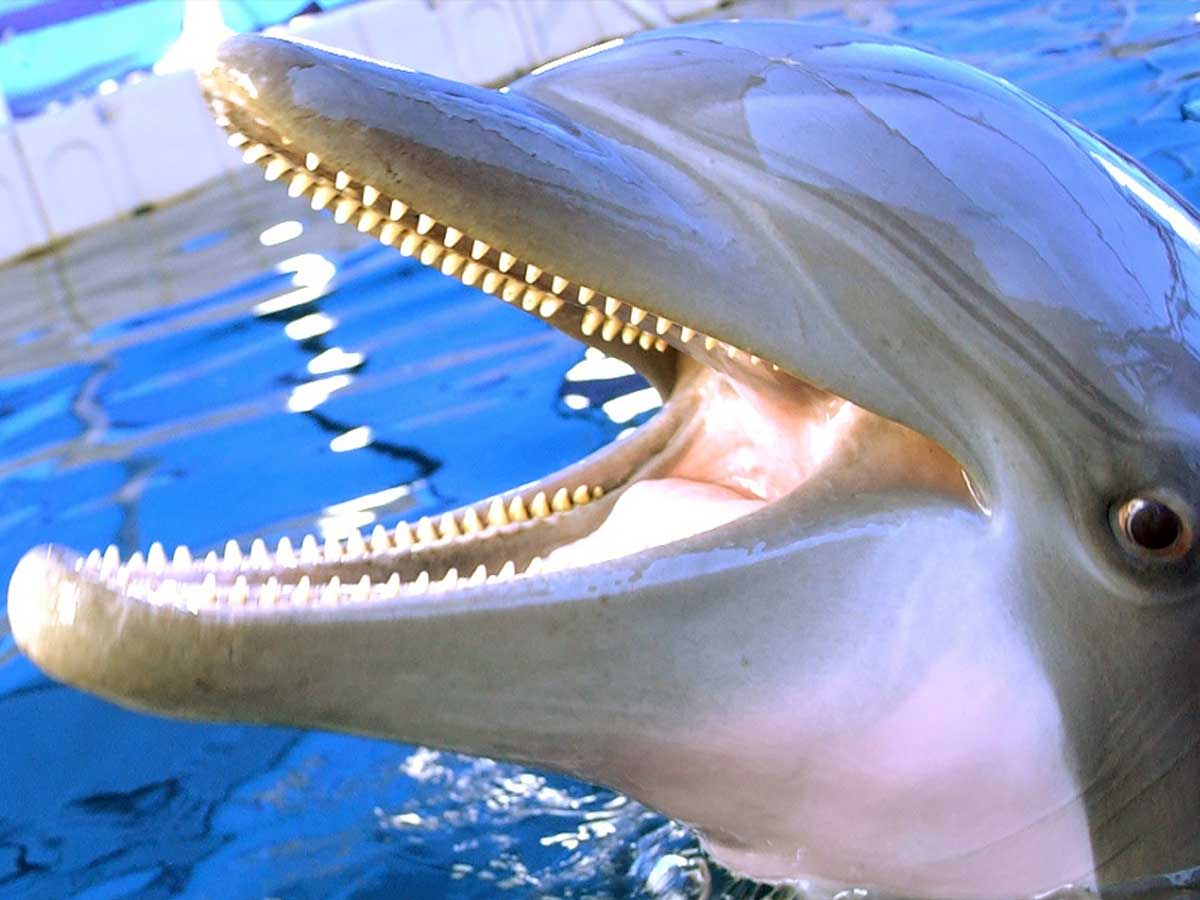
Dolphins are playful and adorable fishes that are known for their friendly behaviors and picturesque drives. It might sound strange to you, but you can actually tell how old a dolphin is by its teeth. The teeth of dolphins have rings inside them that are used to determine their age. Despite having teeth, dolphins swallow their food instead of swallowing it. It is because they don’t have muscles in their jaws, and chewing becomes practically impossible.
Sharks lose their teeth regularly:
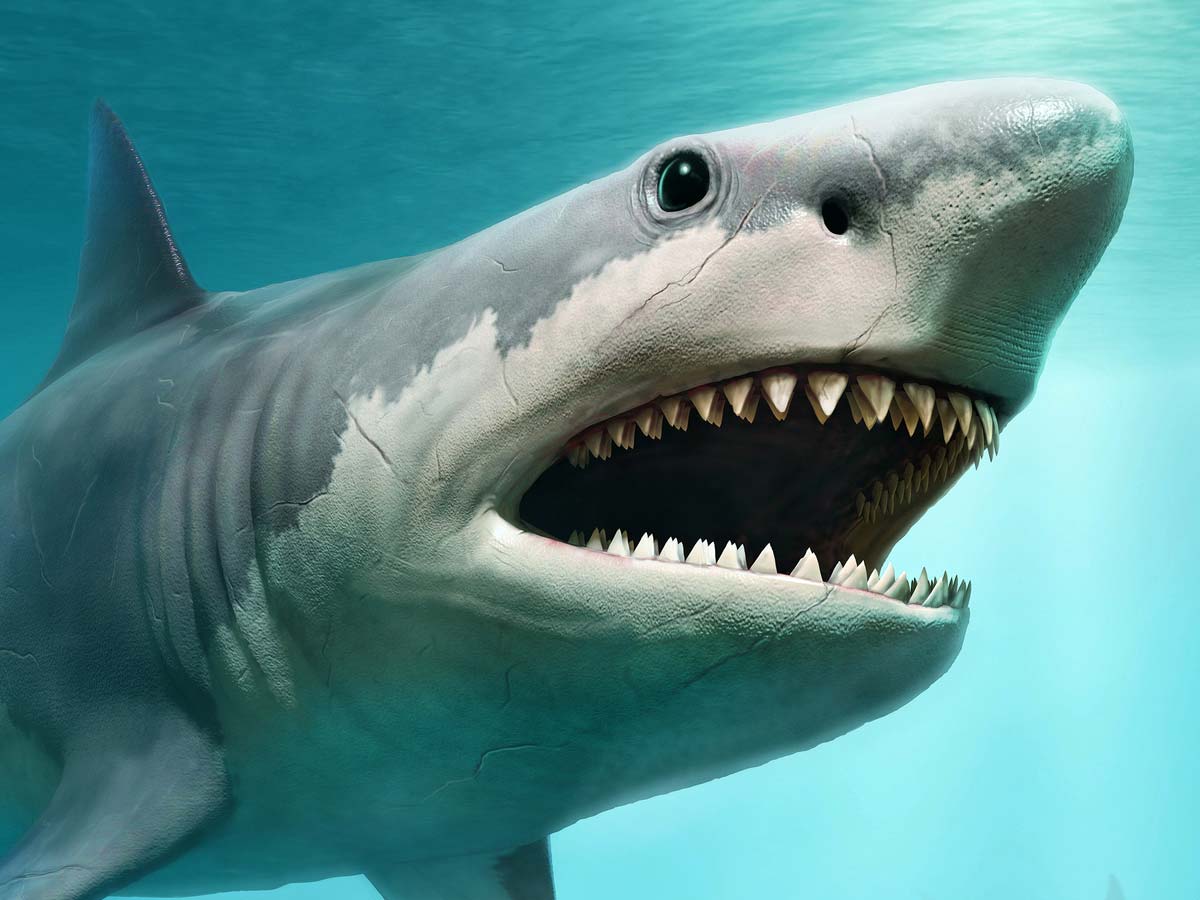
You might have seen the terrifying view of a gigantic shark opening its mouth to show sharp teeth in movies. If you notice them closely, you will find out that the teeth of sharks are arranged in a row. Everything that nature does is for a reason. The reason that sharks have their teeth arranged in rows is that they lose their teeth regularly, and as the teeth from the front most part are lost, the teeth on the next row move forward, and this process goes on.
Teeth of Rabbits, Rodents, and Squirrels grow regularly:
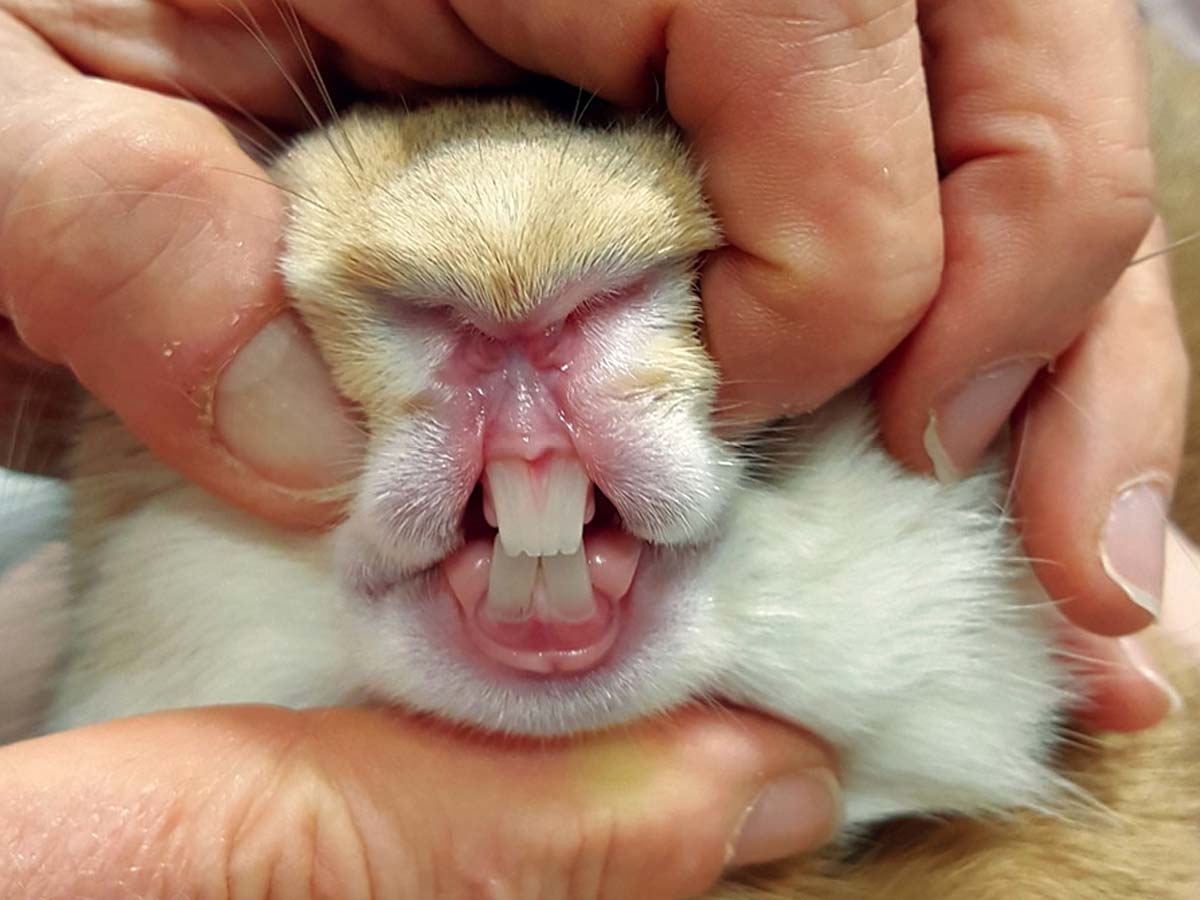
Nature has its own way of creating a balance. While some lose their teeth regularly, some have their teeth growing indefinitely. Creatures like Rabbits, rodents, and squirrels generally eat tough food like nuts, grains, leaves, and bark, and this is why their teeth never stop growing. However, you might not notice the increase in the size of the teeth.
Blue Whales Have No Teeth:

Blue whales are the largest mammal on the planet. They are as big as a medium-sized ship, and their size is one of the biggest reasons people get scared of them. However, suppose you ever end up inside the stomach of a blue whale. In that case, your chances of survival will be slightly higher as blue whales have no teeth, and they only feed on a little shrimp called krill. They have bristle-like structures called Beedle that help them in getting their food.
Snails have the most teeth among animals:
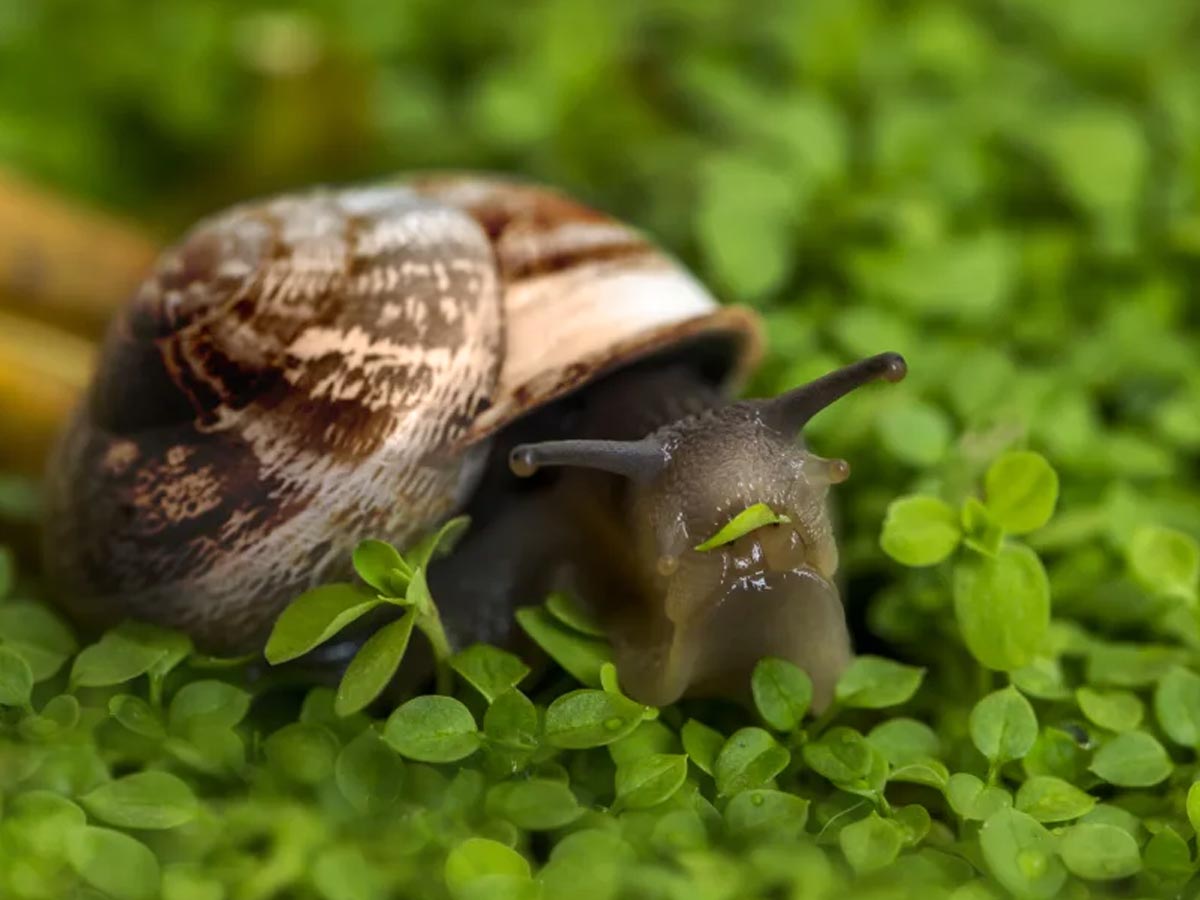
The concept of microprocessors could’ve evolved from the finest engineering of nature. A creature as small as a snail having most teeth among animals is one fine example of nature’s creativity and diversity. Snails have their teeth arranged in rows on the tongue. They have 14,000 to 20,000 teeth. This does not end here. Limpet — the teeth of an aquatic snail are the strongest known biological material on earth.
Animals usually don’t get cavities:
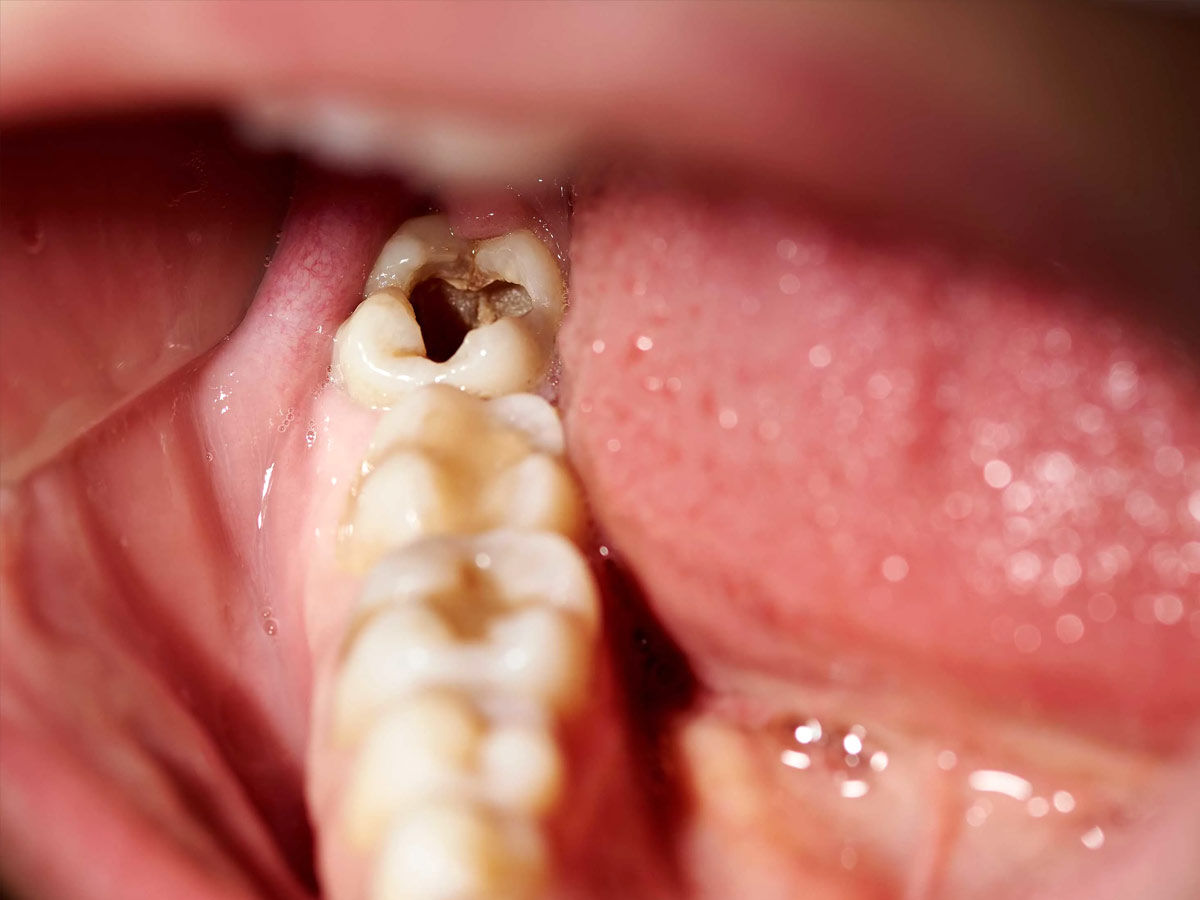
Unlike animals, we care a lot about what goes into our stomachs and what not. Despite this careful behavior, the animals are highly unlikely to get affected by dental health problems, including cavities. This is because their diets do not contain high amounts of sugar like a human diet. They frequently chew on rough materials like a tree’s bark that helps them keep their teeth clean.
Hippopotamuses:
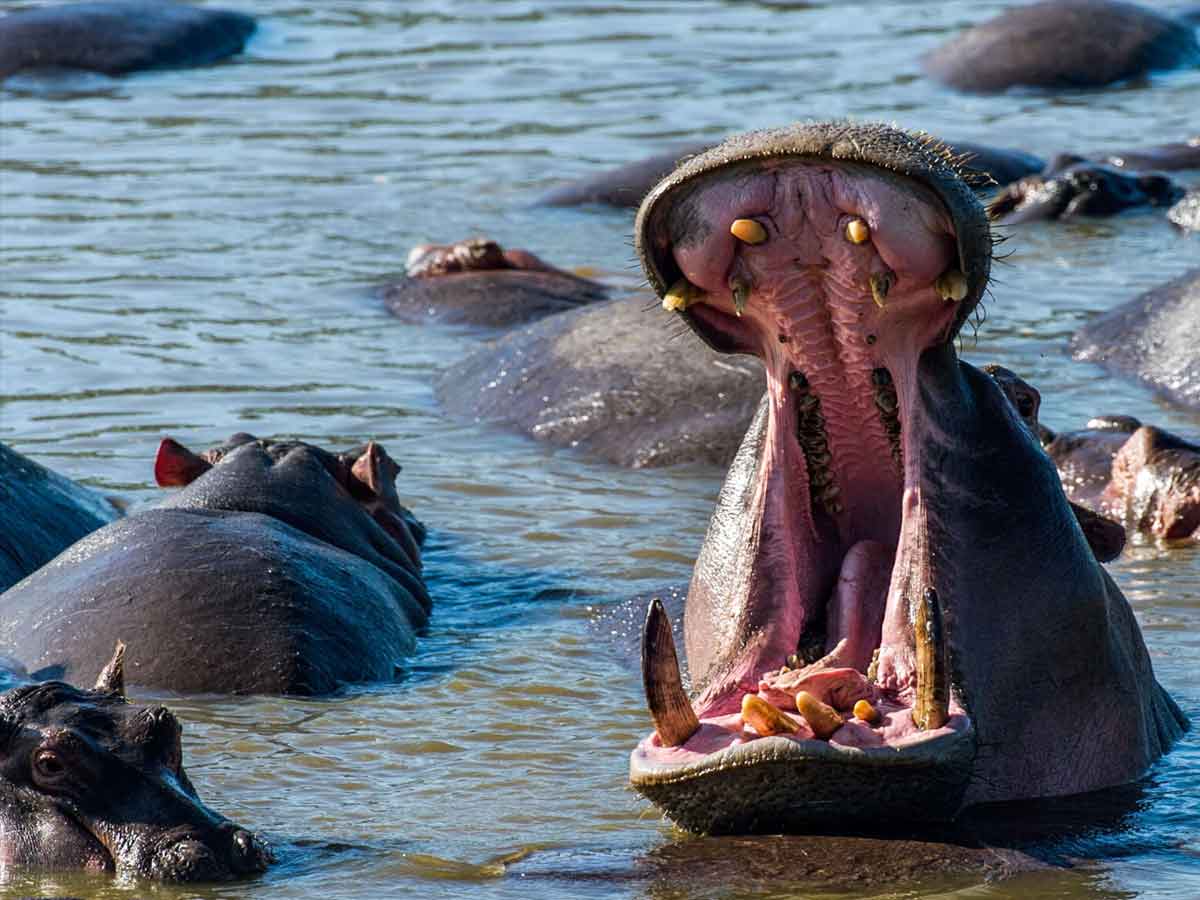
Hippopotamuses, or simply Hippos, are known for their chubby appearance, lazy behavior, and gigantic size. But there’s something else that’s huge about hippos, and that’s their teeth. Hippos have the longest canine teeth. The canine teeth of a hippo can be as long as 3 feet. They are long enough to cut through a small boat or a similar hard structure. You can see their teeth when they open their huge mouth to eat.
Giraffes have 32 teeth but no upper teeth:
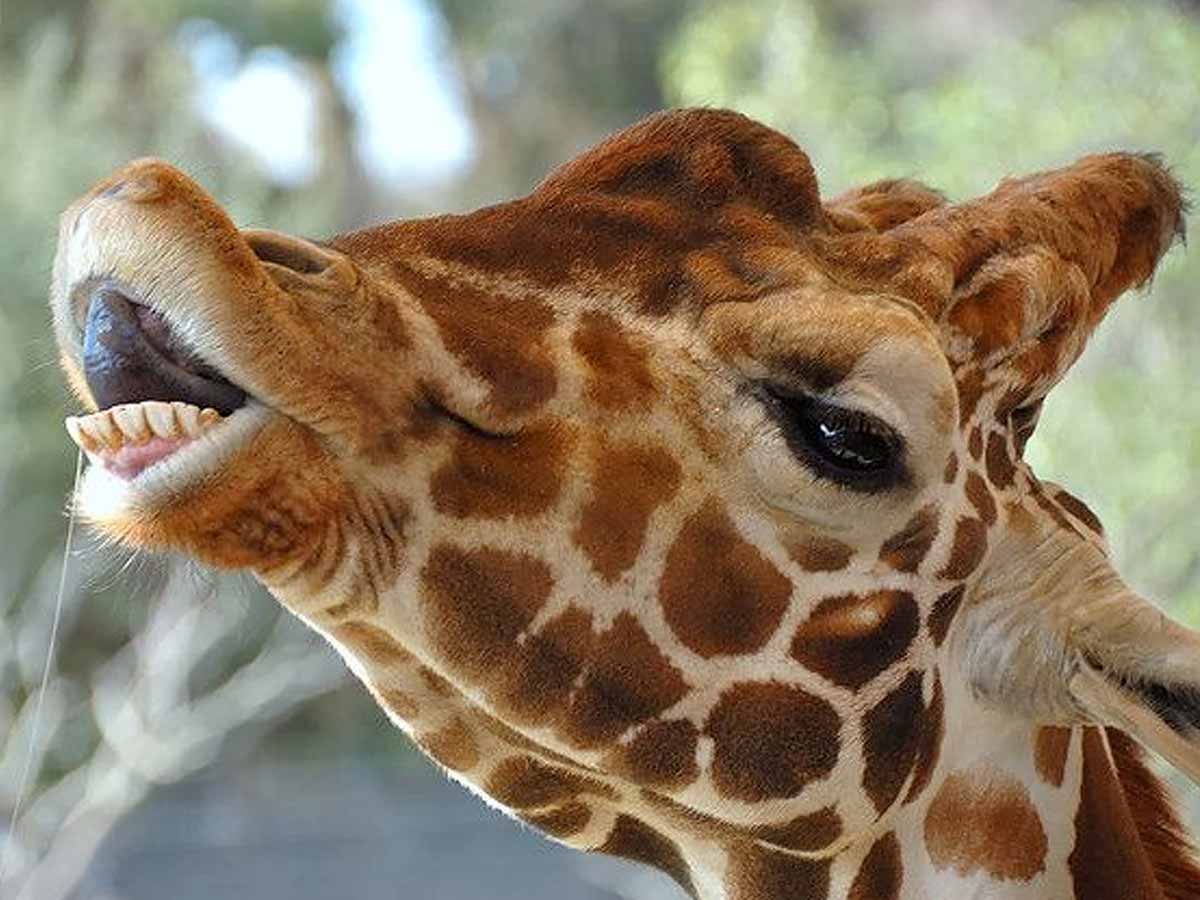
Humans and Giraffes have one thing in common- they both have 32 teeth. However, unlike humans, giraffes don’t have upper teeth. Most of their 32 teeth are positioned in the back of their mouth. They mostly eat leaves from trees and use their tongue and lips to grab and twig the leaves before using the teeth to grind them. The tongue of giraffes could be as long as 20-foot.
























